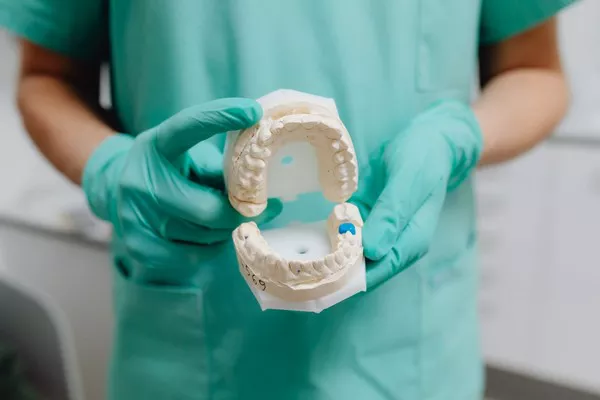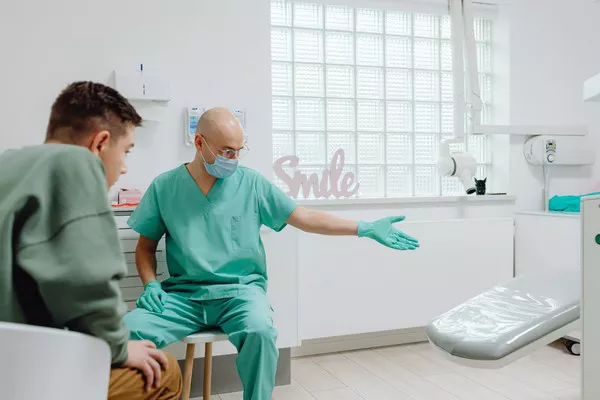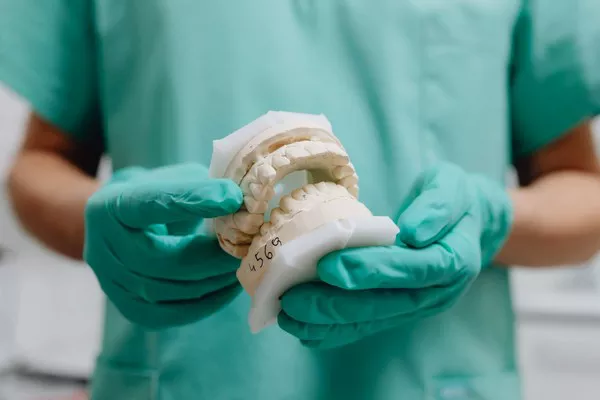A bright, radiant smile is a universal symbol of confidence and vitality. Over time, factors like aging, dietary choices, and lifestyle habits can cause teeth to become stained or discolored. As a result, many individuals seek effective teeth whitening solutions to restore their pearly whites. In recent years, cold light teeth whitening has gained popularity as a safe and efficient method for achieving a dazzling smile. This comprehensive guide aims to shed light on the science behind cold light teeth whitening, its benefits, and how it compares to alternative treatments.
1. Understanding Cold Light Teeth Whitening
Cold light teeth whitening, also known as LED teeth whitening, is a non-invasive cosmetic dental procedure that utilizes light-emitting diode (LED) technology to remove stains and discoloration from teeth. Unlike traditional bleaching methods that employ harmful chemicals, cold light teeth whitening harnesses the power of blue LED light in combination with a specialized whitening gel. The process is quick, painless, and does not harm tooth enamel.
2. The Science Behind Cold Light Teeth Whitening
The science behind cold light teeth whitening revolves around the principle of phototherapy. Blue LED light used in the procedure emits a specific wavelength that activates the peroxide molecules present in the whitening gel. This activation triggers a chemical reaction that breaks down the chromogens responsible for tooth discoloration. The result is a brighter smile, with teeth appearing several shades lighter.
The blue LED light used in cold light teeth whitening is carefully calibrated to ensure optimal results without causing harm to oral tissues. It targets only the surface stains on teeth while leaving the inner structure untouched. Additionally, the procedure’s short exposure time prevents excessive heat buildup, further protecting the teeth and gums.
3. Benefits of Cold Light Teeth Whitening
Cold light teeth whitening offers several benefits over other teeth whitening methods, such as:
a. Enhanced Safety: Unlike some chemical-based treatments, cold light teeth whitening is a safe and gentle procedure that minimizes the risk of tooth sensitivity or enamel damage.
b. Quick and Convenient: The entire treatment can typically be completed in a single session, lasting around 30 to 60 minutes. This makes it an ideal choice for individuals with busy schedules.
c. Noticeable Results: Cold light teeth whitening can significantly lighten tooth color, often achieving visible results after just one session. Multiple sessions may be required for more stubborn stains.
d. Longevity: With proper oral hygiene and maintenance, the effects of cold light teeth whitening can last for several months, providing patients with a long-lasting bright smile.
e. Non-Invasive: Cold light teeth whitening does not involve invasive procedures like drilling or surgery. It is a painless method that allows patients to relax during the treatment.
4. Comparing Cold Light Teeth Whitening to Alternative Methods
While cold light teeth whitening offers numerous advantages, it’s essential to understand how it compares to other popular teeth whitening methods:
a. Over-the-Counter Whitening Kits:
While affordable and readily available, OTC whitening kits may not deliver the same level of effectiveness as professional cold light teeth whitening. The quality and strength of the whitening agents contained in these kits can vary significantly.
b. In-Office Dental Whitening:
In-office dental whitening procedures, such as laser whitening, yield similar results to cold light teeth whitening but can be more expensive. Additionally, laser treatments may generate heat, causing temporary tooth sensitivity.
c. Natural Remedies:
Some individuals opt for natural remedies like activated charcoal or baking soda to whiten their teeth. However, these methods lack scientific evidence of their effectiveness and may carry potential risks, such as enamel erosion.
Conclusion
In the quest for a brighter smile, cold light teeth whitening has emerged as a safe, efficient, and non-invasive cosmetic dental procedure. By utilizing blue LED light to activate whitening gel, this treatment removes surface stains and discoloration, leaving teeth several shades lighter without harming tooth structure or causing sensitivity.
The benefits of cold light teeth whitening include its safety, quick results, longevity, and convenience. Although alternative methods exist, such as OTC kits, in-office dental whitening, or natural remedies, cold light teeth whitening often offers superior outcomes.
Before undergoing any teeth whitening treatment, it is crucial to consult with a dental professional who can assess individual oral health and determine the most suitable course of action. With proper care and maintenance, cold light teeth whitening can offer a lasting solution for achieving a radiant and confident smile.
Related Topics:































